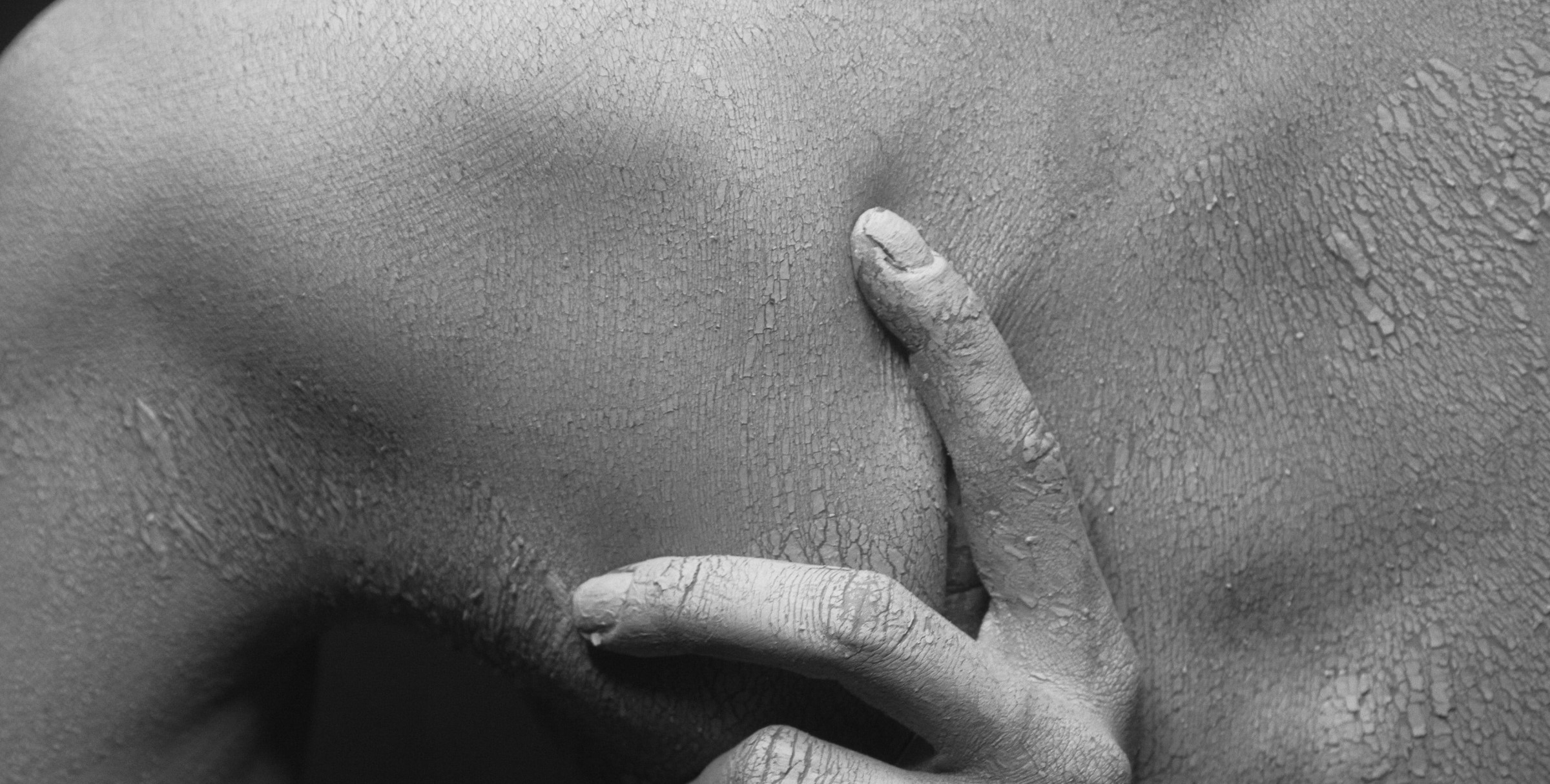Though all sexually transmitted infections (STIs) can be asymptomatic, rashes are a common symptom of many of them. Rashes caused by STIs can appear on many parts of the body and present in many different ways.
Keep reading to learn more about rashes, what STIs cause rashes, and what you can do if you have a rash caused by an STI.
What is a rash?
A rash is any change to the human skin that affects its colour, appearance, or texture. Rashes can make the skin turn dry, become irritated, blister, redden, darken, become hot, and cause pain. A rash can be confined to one part of the skin or affect all of it.
Many STIs present with rashes.
STIs that can cause rashes
Here are some STIs that can cause rashes.
Human immunodeficiency virus (HIV)
Many people with an HIV infection get a rash at some point, whether during the acute or chronic stages. For some, it may be the only symptom of their infection.
Many different types of rash can present with HIV:
- HIV rash: During the acute stage of HIV (around two to six weeks after exposure), many people experience a rash accompanied by other flu like symptoms, such as fever, chills, and body aches. This rash tends to be characterised by flat and discoloured patches of skin with small, raised bumps.
- Seborrheic Dermatitis: This rash tends to occur in the acute stage of HIV and is characterised by redness, dandruff, and yellow, greasy scales. Seborrheic Dermatitis tends to occur on areas of the skin with sebaceous glands (oil glands), like the scalp.
- Eosinophilic folliculitis: This rash is characterised by itchy, red bumps centred on the hair follicles on the upper body and head. This type of rash tends to occur in the later stages of HIV.
- Prurigo nodularis: This rash is characterised by lumps on the skin that are itchy and look like scabs, mostly on the legs and arms. This type of rash affects people with extremely compromised immune systems.
An HIV infection attacks your CD4 lymphocyte cells, which help your immune system fight infections. In this way, infection with HIV can make you more likely to get another infection that may cause a rash.
Syphilis
Syphilis can cause sores (chancres) during the primary stage of the infection. These sores will mainly appear on or around the genitals, vagina, anus, or rectum.
During secondary Syphilis, a rash may appear somewhere on the body. For example, it often appears on the palms of the hands or the soles of the feet and may appear rough and red or reddish-brown.
This rash could also appear as a prickly heat rash, with small blotches or scales all over the body; as a bad case of cold acne; moist warts in the groin area; white patches in the mouth; or pustules.
Gonorrhoea
While a regular Gonorrhoea infection doesn’t tend to cause a rash, a complication of an untreated Gonorrhoea infection can.
A disseminated gonococcal infection (DGI) occurs when an untreated Gonorrhoea infection enters the bloodstream and begins to affect other parts of the body, like the skin. A DGI rash can cause:
- Small red spots from bleeding under the skin
- Small blisters
- Large blisters
- Spots that look like papules or pimples
Herpes
A Herpes infection can cause wet-looking blisters that are full of fluid around the genitals (Genital Herpes) or mouth (Oral Herpes). When these blisters burst, they will leave a sore, ruptured area of the skin that will eventually heal.
At the outset of a Herpes outbreak, you may experience an itching or burning sensation at the site of infection.
Scabies
Scabies is an infestation of the skin caused by microscopic mites (Sarcoptes scabiei). During a Scabies infection, these mites burrow into your skin and lay eggs.
The primary symptoms of a Scabies infection are intense itchy skin and a rash that may look like acne or pimples, characterised by small pink bumps, blisters, or scales. The rash may be localised to one part of the body or spread all over the skin.
Unlike other infections on this list, Scabies can be spread through prolonged skin to skin contact, like holding hands or hugging – you do not have to engage in sexual contact to get Scabies. While it is uncommon, passing on Scabies by sharing clothes, towels, or bedding with another person is possible.
Zika virus
Zika virus is a disease primarily spread by Aedes mosquitoes in the Americas, Caribbean, Africa, and Asia, though it can also be transmitted through sexual activity.
Even though the virus can present with no symptoms, an infected person can have a rash. This rash will be very itchy and have a combination of flat blotches and raised reddish bumps. People with Zika who get a rash usually get it within 3 to 12 days of the initial infection. The rash can often spread to the face, arms, legs, soles of the feet, and palms of the hand.
What do I do if I have a suspicious rash?
A rash may be a sign that you have an STI. You should get tested if you have any reason to think you have been exposed to an STI.
Book your appointment with Better2Know at a clinic near you.





